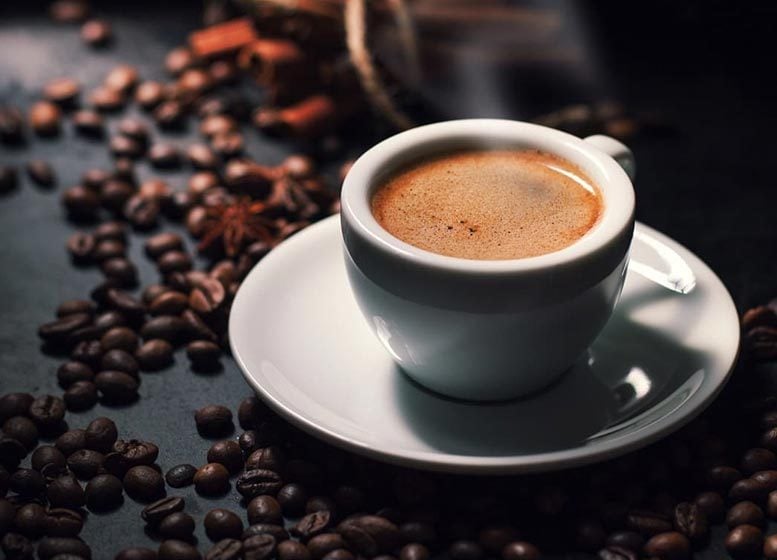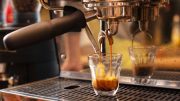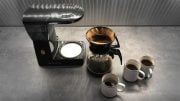
Refining the espresso brewing process could result in money saved and consistently tasty coffee. Image: Bigstock
The average American drinks more than three cups of coffee a day, contributing to a $40 billion industry in the U.S. alone, according to the National Coffee Association. But not all coffee is created equal; flavor profiles vary. Focusing on espresso, scientists say they have now unlocked the key to creating consistent cups of java.
The researchers are presenting their results today at the 255th National Meeting & Exposition of the American Chemical Society (ACS). ACS, the world’s largest scientific society, is holding the meeting here through Thursday. It features more than 13,000 presentations on a wide range of science topics.
“One day you might have a good cup of coffee and the next day you might not. From a scientific perspective, it has always puzzled me why we couldn’t do the same thing twice,” Christopher H. Hendon, Ph.D., says. “My research looks at every variable that goes into making espresso coffee, from grinding and packing the ground coffee, to water pressure and mineral chemistry. If every single café in America were to implement the procedure, it would save the U.S. $300 million a year by reducing the amount of coffee beans used to make espresso, while improving reproducibility.”
Hendon’s research is some of the first of its kind, earning him the title, “Dr. Coffee.”
Previous research in his lab explored several variables that impact the reproducibility of espresso. For example, water hardness varies throughout the U.S., and this can affect flavor. “Hard” water with a high amount of magnesium and calcium causes coffee to have a stronger flavor than “soft” water This is because compounds such as caffeine stick to magnesium during the brewing process. Hard water can also have high amounts of bicarbonate, which causes coffee to have a more bitter flavor.
The freshness of the coffee beans can also impact how tasty a cup of coffee is. Freshly roasted coffee contains carbon dioxide and other compounds that easily evaporate. Over time, these volatile compounds escape the beans, resulting in a less flavorful cup of coffee. Lower temperature slows the rate of evaporation, which explains why storing coffee in the fridge extends its shelf life.
Hendon’s team at the University of Oregon has been focusing on the process of grinding coffee beans and the brewing method itself. “There is a point in grinding coffee beans when you make too many small particles, which stick together and result in reduced extractions,” Hendon says. Although smaller particles mean a greater surface area, which should result in consistently tasty espresso, there is a critical point at which smaller isn’t better. For this reason, the grinders used can have a significant impact on the flavor of the resulting cup of coffee.
Additionally, when extracting the espresso, the water should come into contact with the coffee grounds uniformly. Passing water through the grounds in a systematic manner would ensure that all of the grounds come in contact with water equally. In comparison, with a traditional drip-brew coffee pot, the water drips mainly through the center of the grounds while the grounds on the outside have little contact with water.
By collaborating with baristas, Hendon developed a method by which they can achieve their desired flavor profile consistently. Hendon proposes an optimization process achieved by altering grinding size and brew ratio. “By predetermining the coffee-to-water ratio, as well as the water pressure, the maximum extraction can be systematically determined,” he says. “The barista can then iteratively improve their espresso reproducibility, while reducing waste coffee mass.”
Now, he plans to take his work in another direction, focusing on the impact of temperature on grinding coffee. Specifically, he explains that cooled coffee grinds more uniformly and would therefore impart greater control on the resulting cup of joe.
Hendon’s work was funded by the University of Oregon.








Be the first to comment on "Perfect Shot of Espresso Every Time With Chemistry"